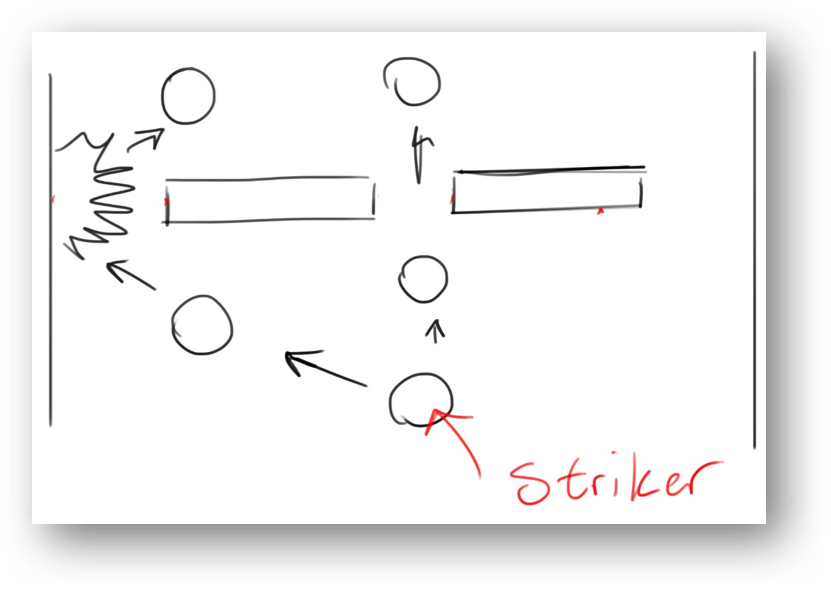Research Projects
MIND BOGGLERS - GAME PROTOTYPE DEVELOPMENT
To propose and develop a new board game prototype that will attract the customers and satisfies their needs including cost, effort in understanding rules, competitive aspects, fun/entertainment etc.
Look for UX skills including surveying, prototyping, and competitive analysis
Customer Requirements
Voice of Customer:
- Constructed a series of questions that I thought could best provide insight into potential needs. I tallied customer statements and converted them into needs.
- From there, I identified competing board games and sought to establish a benchmark with them. Ranked my game prototype with respect to them, and created product specifications.
- Beginning first with identifying users, I struggled slightly at whom to ask. While the campus provides an ample population from which to select, it was unclear if I should identify lead users by random selection. To remedy this, I planned to ask the club members of the Adventurer’s Guild, an on-campus board gaming club. These users would probably be the most to benefit from the creation of a new game, and offered excellent feedback. My established users are the board gaming community, those with families and children, along with casual gamers. I identified most likely to contain lead users and surveyed the group.
- To ensure enough quantity, I also set up an online questionnaire. The survey, conducted through Survey Monkey, would allow to receive multiple evaluations with different community
- Both the on-line and in person, questions revealed certain characteristics about the users.


Ranking Competitors
Next, I performed a competitive market analysis to better determine the value to the customer target. First, I determined five games that I believe it compete with my product and they have large market share. The five games are, Carrom, Chess, Marbles, Billiards and Air hockey.
The competitors are assigned weightage (1 worst and best). The results of this analysis are shown below

Technical Requirements
Product Design
After assessing the customer requirements and formulating them into technical specifications, I conceptualized the overall design of the game. According to the mission statement, the central idea was to combine a game like Carrom with Block Breaker.
The board will be rectangular in shape, with each side designated as the player’s area. In the area will be a painted circular region in which the game pieces will be assembled. The game pieces can be assembled at random, or at the will of the player. The objective of the game will be to flick a game piece, called the Striker, at the opposing players game pieces in an effort to knock them out of the painted circle. If a piece is knocked out, it is removed from play. Players take turns flicking and knocking down game pieces until the one of them has no more pieces left. The player with the last piece standing wins. Adding to the challenge of the game, there are two walls in place in the middle of the game board for each player to work around. The walls feature two medium-sized openings on either side of the board, with a smaller-sized opening in the middle.
Concept Screening Matrix
In order to assess each concept, a concept-screening matrix was used. The selection criteria were based off of both perceived needs from customer statements, as well as what I thought was important in the function of the concept.



Game Prototype


